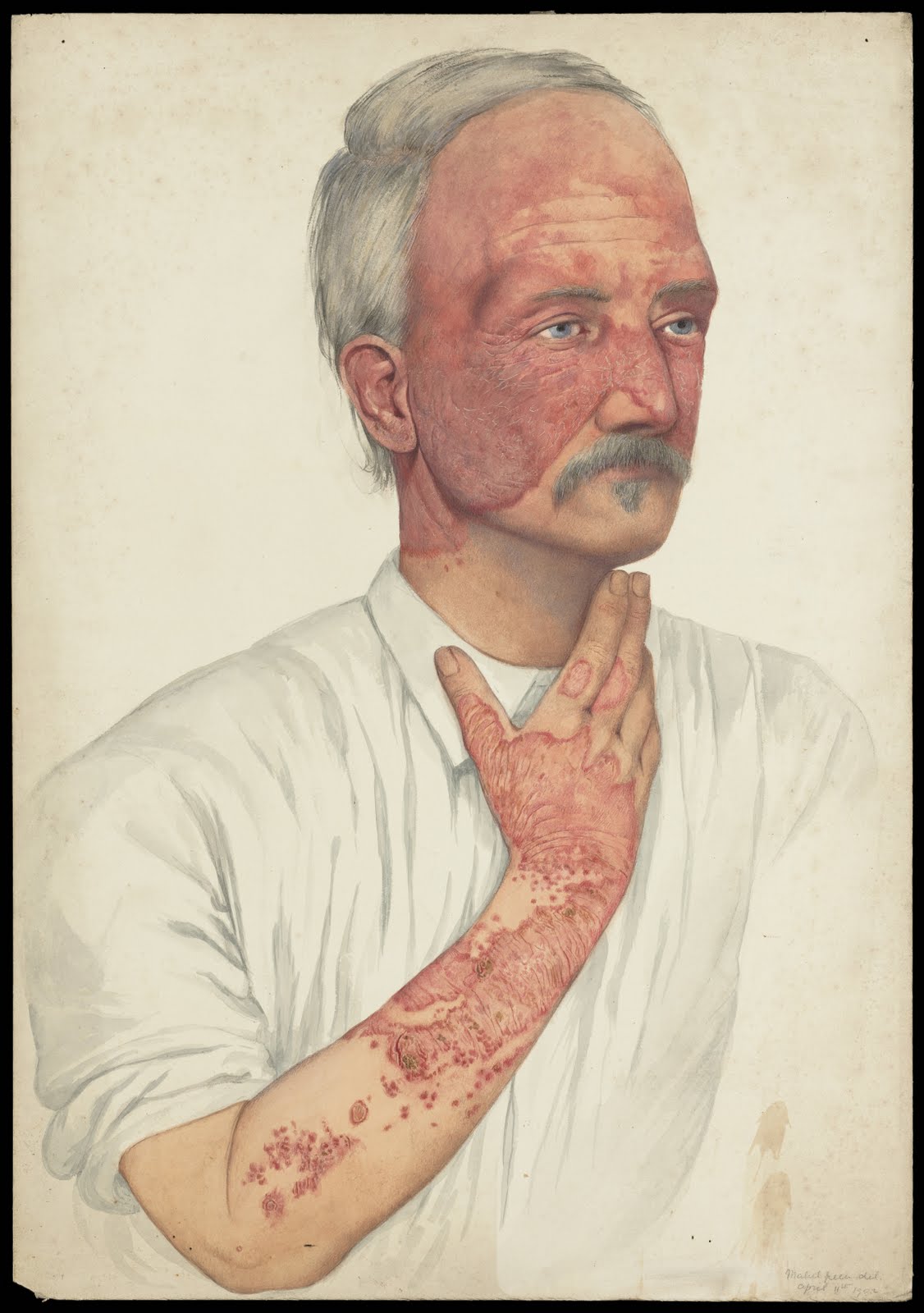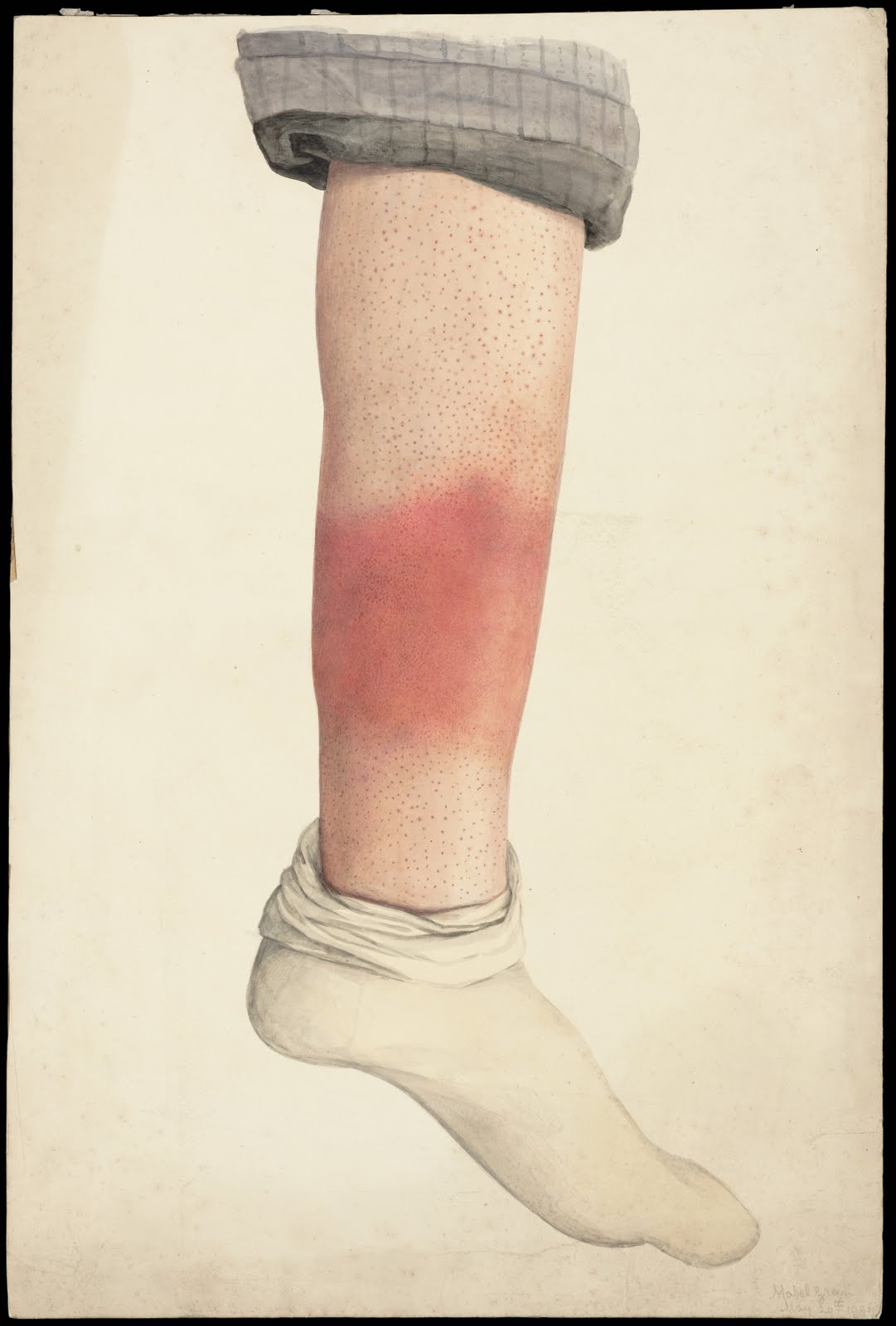

I just came across a really fascinating entry on the Wellcome Library blog about a sort of temporary museum put together for an 1881 London medical conference that featured the exhibition of living patients. One especially intriguing excerpt reads:
The organizers of the Congress decided to include among the attractions a museum in which specimens of one sort or another could be shown. These were mainly drawings, photographs and casts, but in addition there were two special exhibits. The renowned neurologist Jean-Martin Charcot (1825-1893) brought over from Paris a life-size wax model of a recumbent woman with locomotor ataxy and disordered joints, together with her preserved skeleton, illustrating one of Charcot's many clinical discoveries; and Jonathan Hutchinson, the chairman of the Museum Committee, organized an "Exhibition of Living Patients".You can read the entire post, and find out much more, by clicking here. You can find out more about the utterly amazing Wellcome Library--which I spent many happy hours in during my last visit to London--by clicking here. All images are sourced from the original post, and are, in the words of the post, "believed to be strays from Jonathan Hutchinson's 'Clinical Museum', though their connection with Hutchinson is at present only circumstantial;" Captions read: Paintings commissioned by Sir Jonathan Hutchinson, ca. 1891-1906. no. 18.; Top image: "A man with Lupus erythematosus. Watercolour by Mabel Green, 1902." Bottom image: The shin of a boy with a rash; rolled trouser-leg and sock in place. Watercolour by Mabel Green, 1896.
The Exhibition of Living Patients was something of an experiment, and it turned out to be a victim of its own success. It was allotted one of two rooms (the museum room and the boardroom) of the Geological Society, one of the Learned Societies which have been housed since 1874 in magnificent buildings around the courtyard of Burlington House on Piccadilly.
According to Hutchinson there was "confusion and crowding … Our exhibition was more popular than we had expected: every morning at the hour announced, the room filled. The weather chanced to be very hot [this was the first week of August], and as the room looked into Piccadilly, it was exceedingly noisy." One of the reasons for the noise was that, while the hubbub of Piccadilly entered through the open windows, not only did the doctors presenting their patients have to speak over it but at the same time visitors were continually jostling in and out of the crowded room. [1]
For those who could get near it, the exhibition was evidently quite a sight. Beneath the chandeliers in the fine rooms sat seven patients with leprosy, four of them supplied by Hutchinson. Six patients with diseases designated as myxoedema sat in a row and "the peculiarities of their features, and the sameness in their peculiarities, became very conspicuous"...


No comments:
Post a Comment